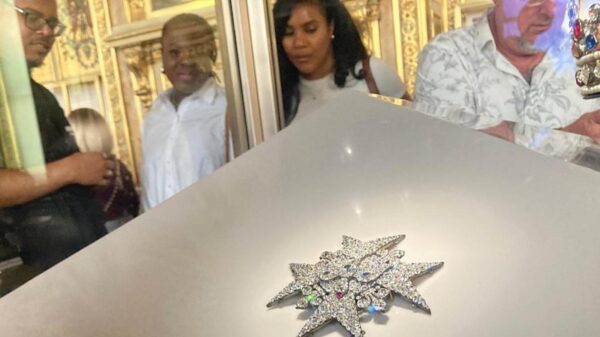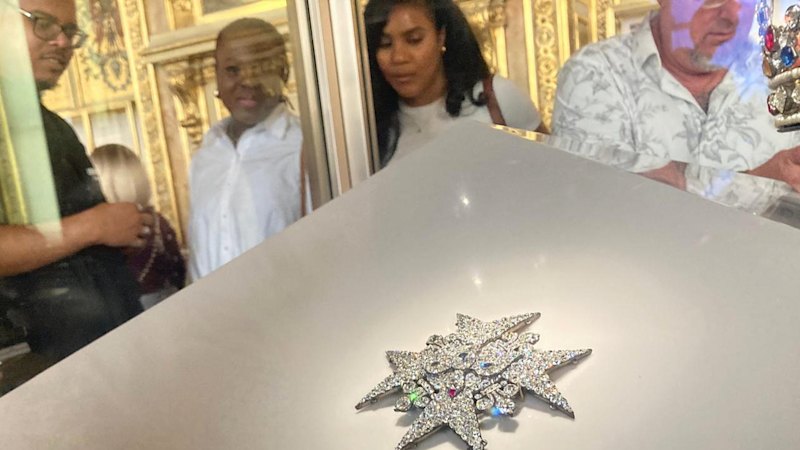French authorities are intensifying efforts to recover the stolen crown jewels from the Louvre Museum, but their disappearance has sparked a deeper conversation regarding their colonial origins. The historical artifacts, while French in ownership, are derived from various countries, raising questions about their acquisition and the legacy of colonialism.
Tracing the Origins of the Stolen Jewels
As investigators pursue leads on the whereabouts of the missing jewels, experts emphasize the importance of addressing the uncomfortable history surrounding these items. The jewels, which include sapphires from Ceylon (now Sri Lanka), diamonds from India and Brazil, pearls from the Persian Gulf and Indian Ocean, and emeralds from Colombia, exemplify the complex narratives of colonial plunder.
According to criminologist Emiline C.H. Smith from the University of Glasgow, the theft of these treasures serves as a reminder of their entangled histories. “There is obviously no excuse for theft,” she stated. “But many of these objects are entangled with violent, exploitative, colonial histories.” This reflection on the origins of the jewels is crucial as it complicates the public’s understanding of what has been lost in the heist.
While there is currently no credible evidence to suggest that the specific jewels taken were illegally obtained, the broader implications of their history remain significant. Legal ownership established during the imperial era can still be viewed as unethical today, highlighting the disparities in how historical artifacts are perceived and valued.
Implications for Museums and Restitution Debates
The recent theft has reignited discussions about museum practices and the need for transparency regarding the origins of their collections. Experts argue that this incident could serve as a catalyst for museums, particularly in Europe, to confront their colonial pasts more openly. Calls for restitution of cultural artifacts to their countries of origin are gaining momentum, as public interest in the provenance of such items intensifies.
The investigation into the jewel theft is ongoing. Authorities have made several arrests, but there are concerns that the stolen items could be dismantled or sold for their raw materials, such as precious metals and stones. Given their notoriety, selling the jewels intact poses challenges, leading to fears that their historical significance may be irretrievably lost.
As the case develops, it underscores the need for a more comprehensive dialogue about the legacies of colonialism in the art world. The conversation around these stolen jewels is not just about recovery; it is about addressing the deeper implications of how cultural treasures were acquired and the responsibilities of museums in acknowledging their histories.


































































